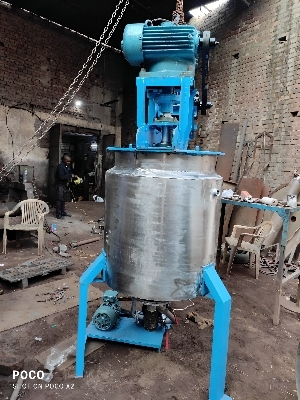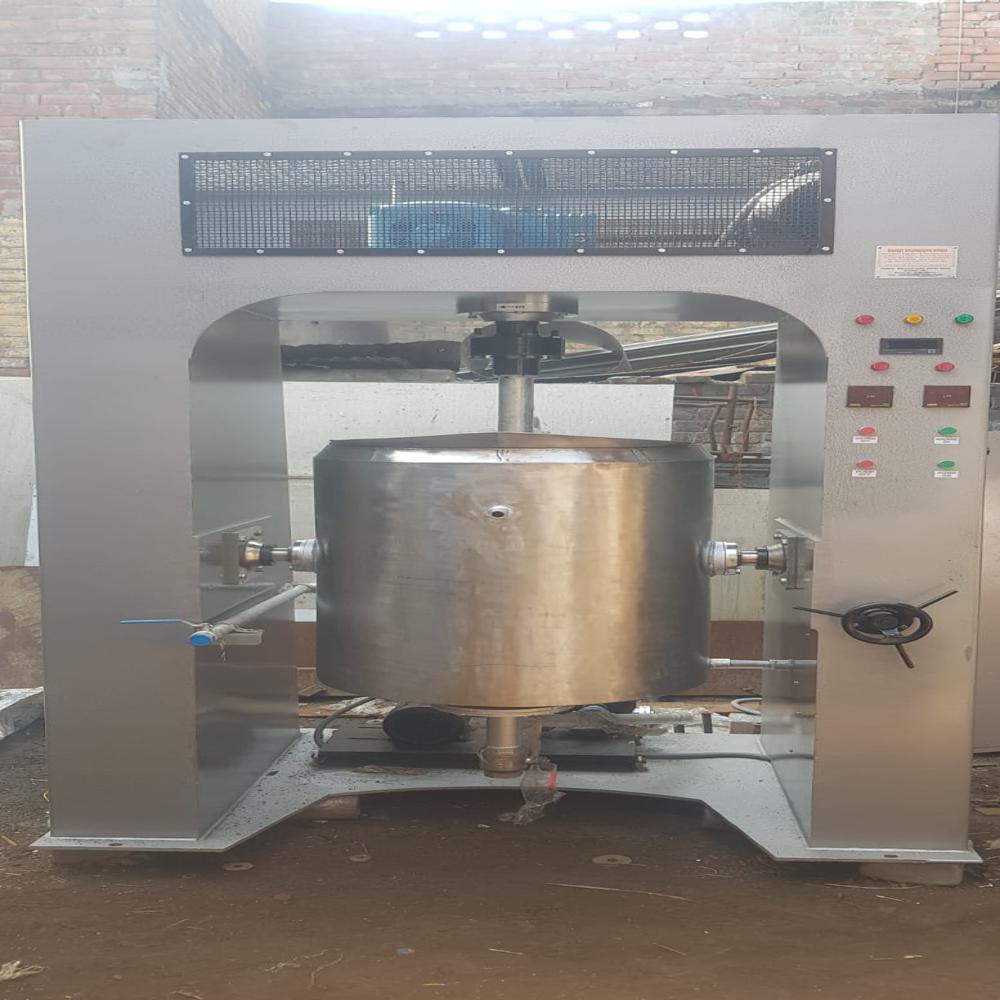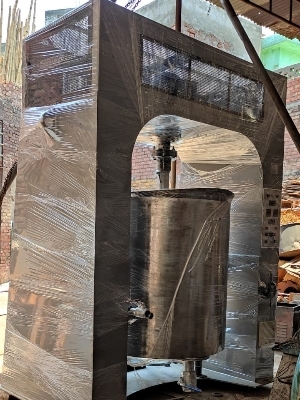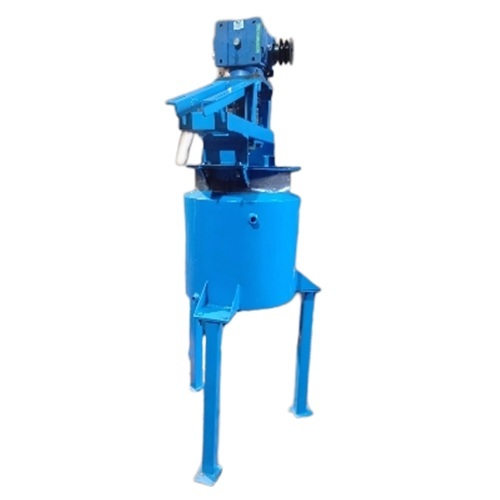Attrition Mills
Attrition Mills Specification
- Product Type
- Attrition Mills
- General Use
- Industrial
- Material
- Cast Iron
- Computerized
- No
- Automatic
- No
- Control System
- Manual
- Feature
- High Performance, Low Noise
Attrition Mills Trade Information
- Minimum Order Quantity
- 1 Unit
- Payment Terms
- Cash in Advance (CID), Cash on Delivery (COD), Cash Advance (CA), Paypal, Cash Against Delivery (CAD), Cheque, Days after Acceptance (DA), Delivery Point (DP), Telegraphic Transfer (T/T)
- Supply Ability
- 1 Unit Per Month
- Delivery Time
- 30 Days
- Sample Available
- Yes
- Sample Policy
- If order is confirmed we will reimburse the sample cost
- Packaging Details
- basic packaging and foil rap full attrition mills
- Main Domestic Market
- All India
About Attrition Mills
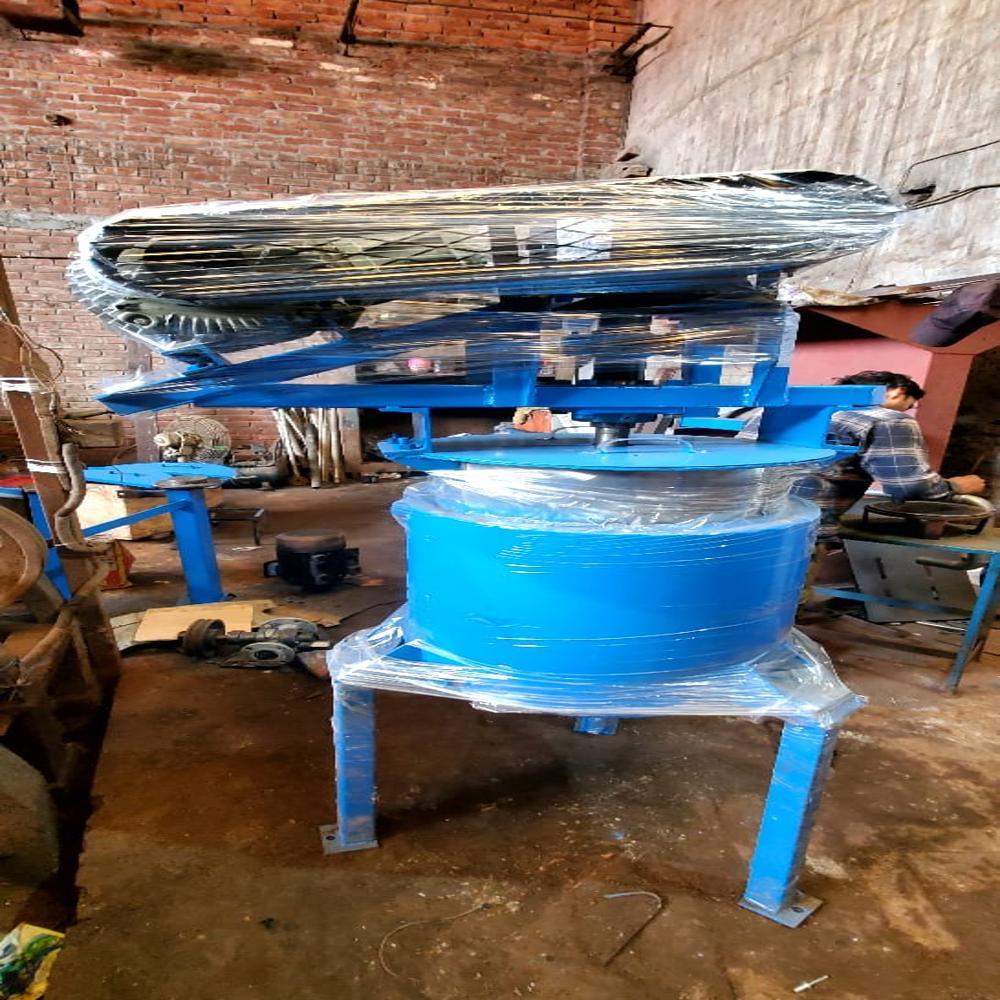
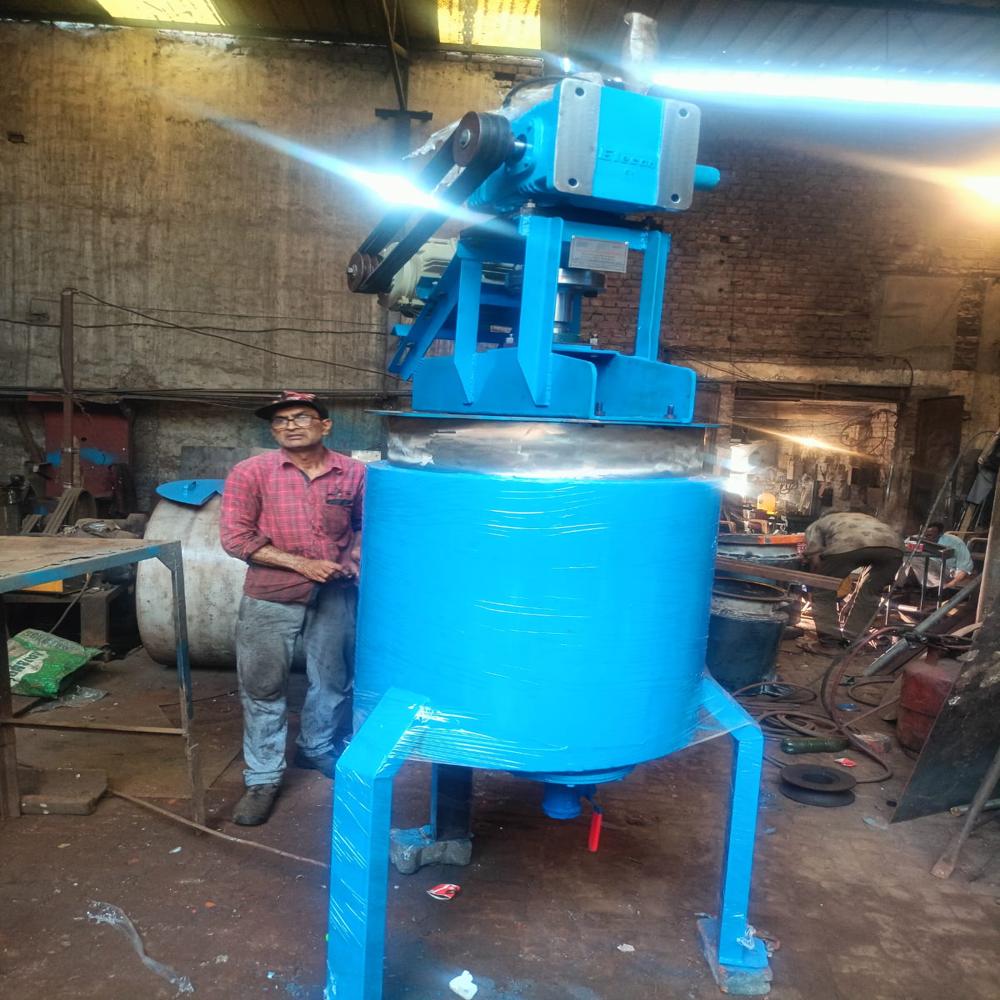
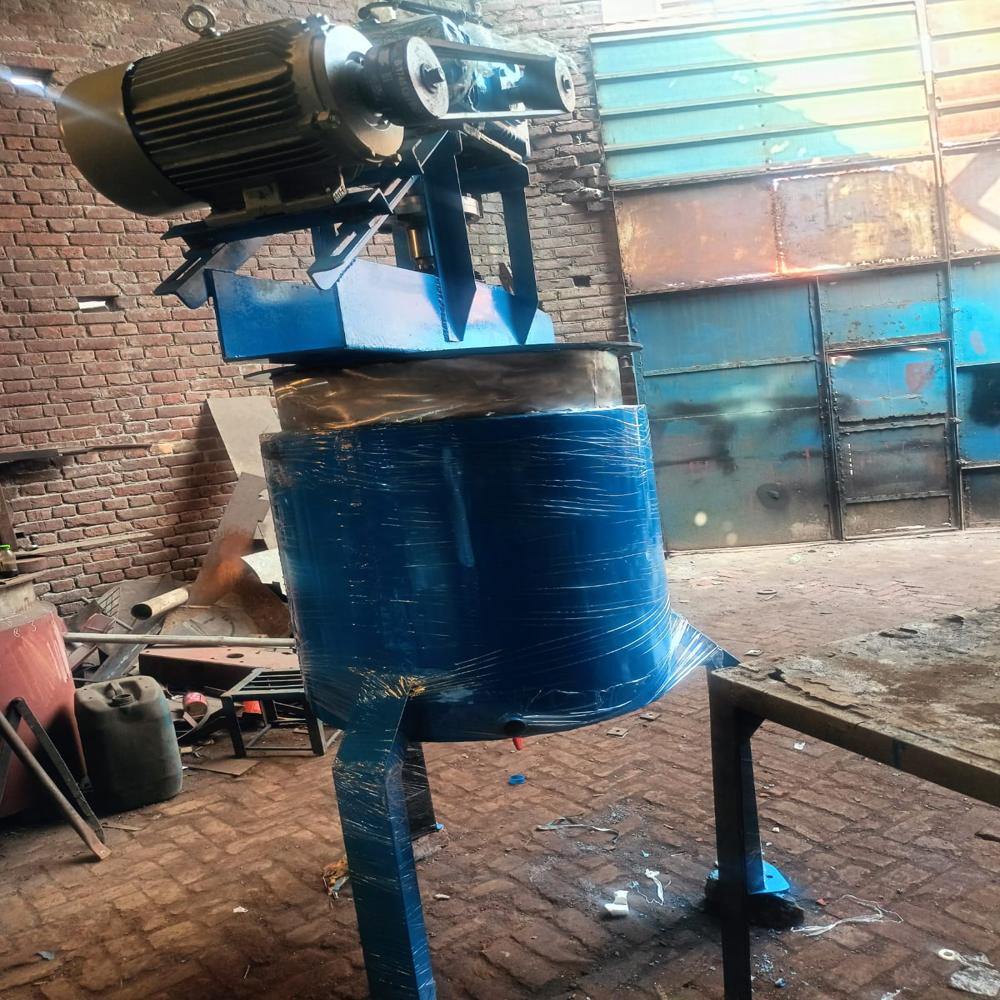
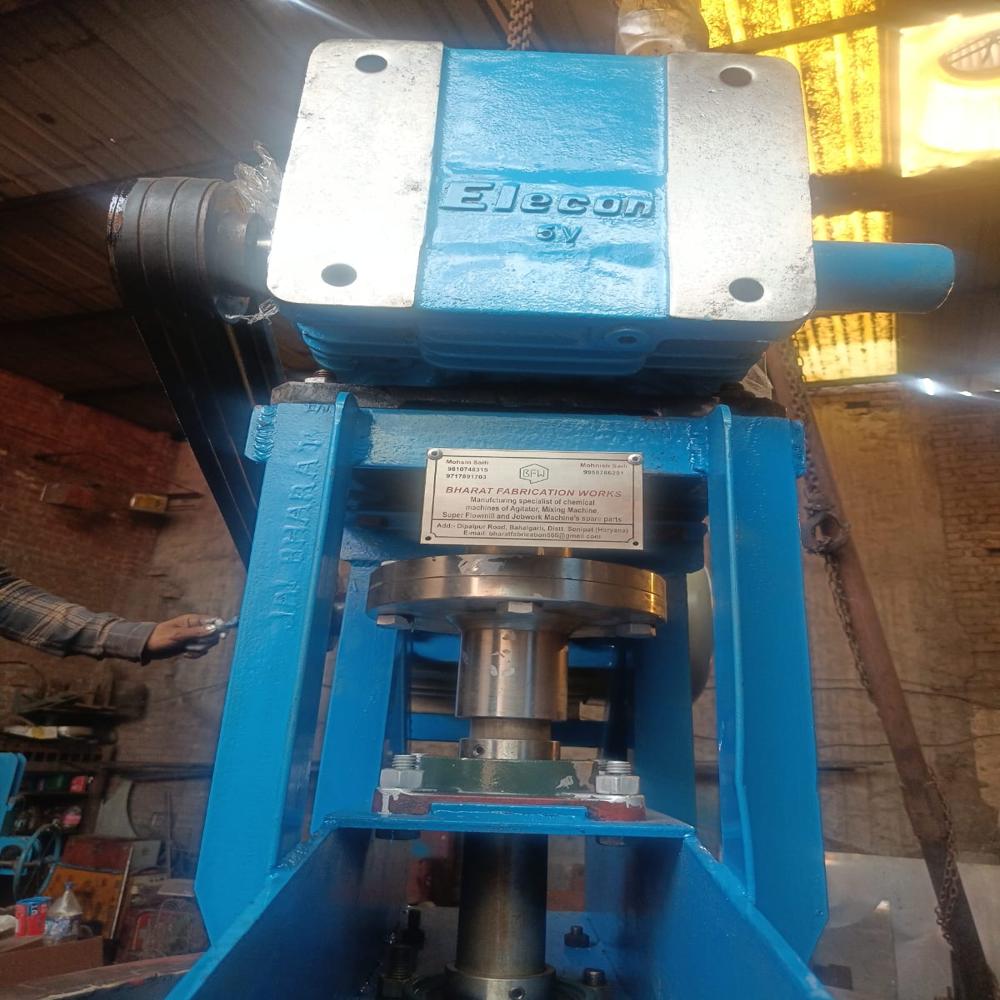
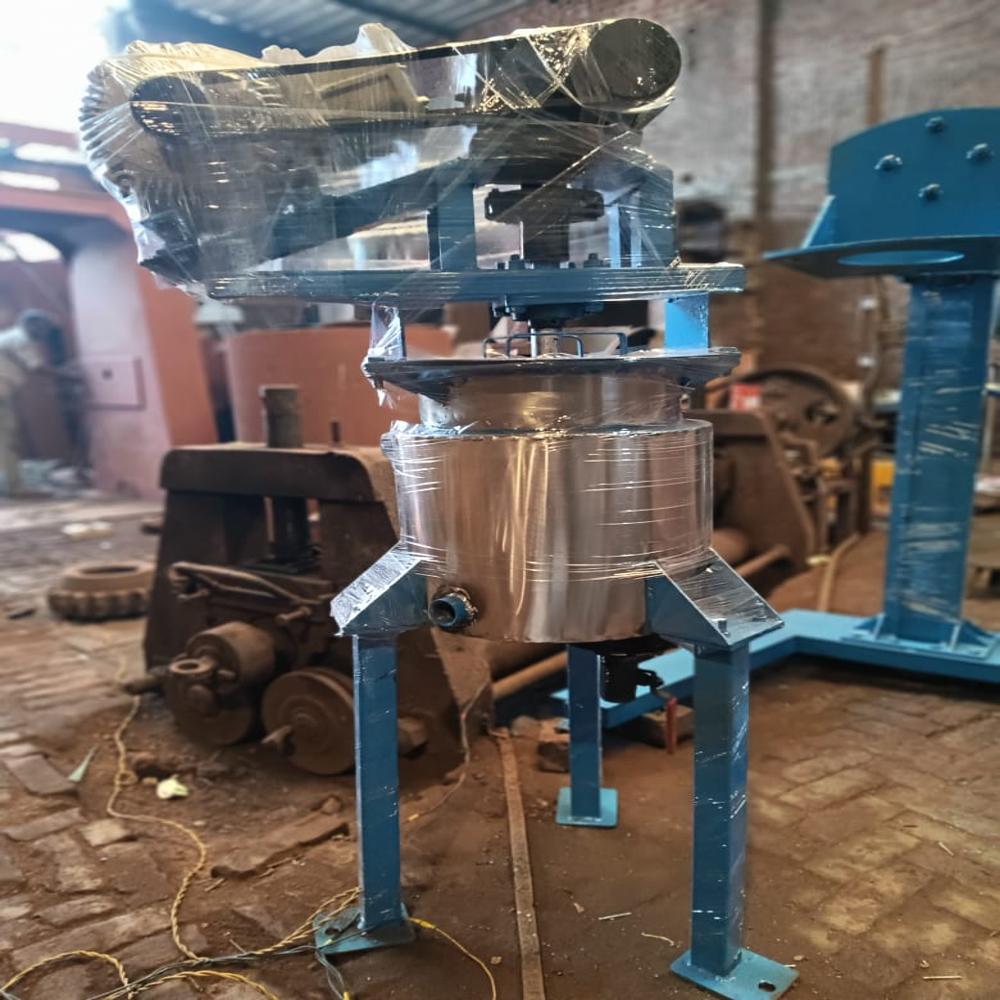
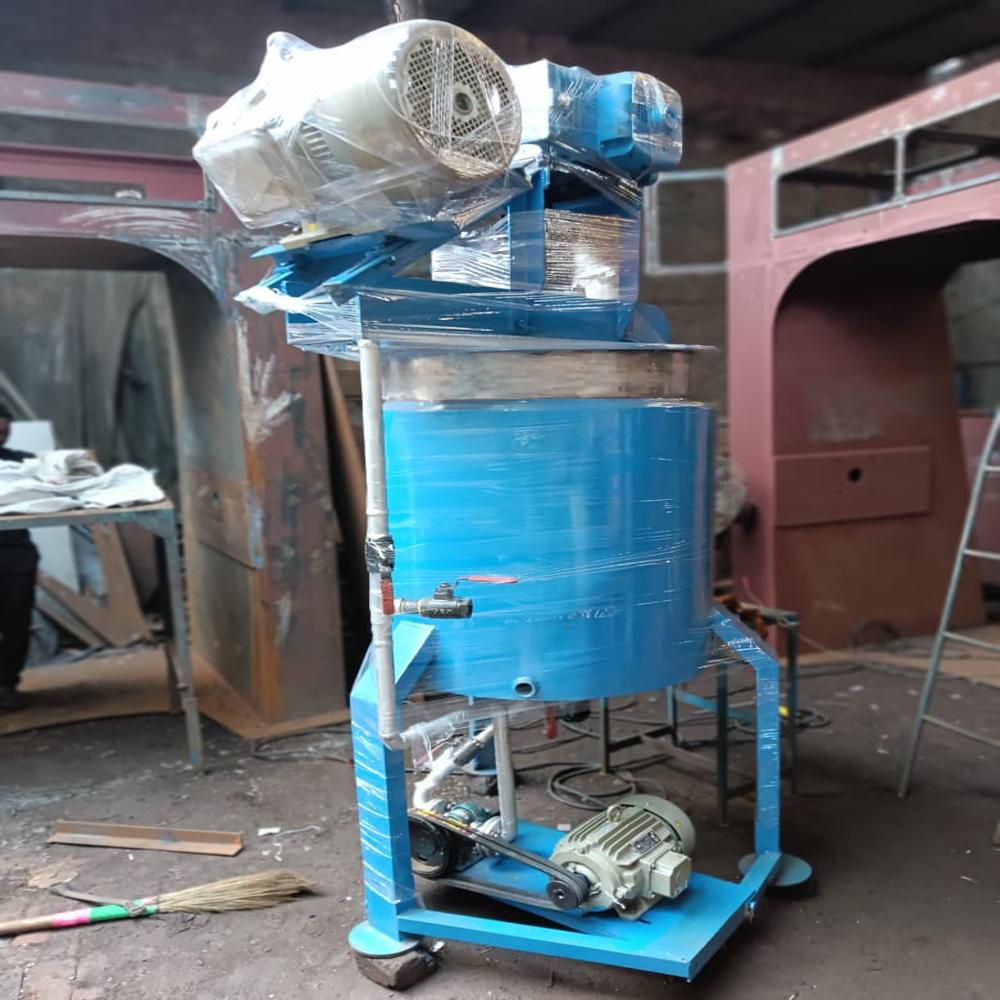

Price:
- 50
- 100
- 200
- 250
- 500
- 1000+
More Products in Attrition Mills Category
Attritor Mill
Price 320000.00 INR / Unit
Minimum Order Quantity : 1 Unit
CNC Or Not : Normal
Material : Stainless Steel
Control System : Manual
General Use : Industrial units
Indo German Attritor mill
Price 485000.0 INR / Unit
Minimum Order Quantity : 1 Unit
CNC Or Not : Normal
Material : Stainless Steel
Control System : PLC Control
General Use : chemical making
Indo German Attritor Mill
Price 460000.00 INR / Unit
Minimum Order Quantity : 1 Unit
CNC Or Not : Normal
Material : Stainless Steel
Control System : PLC Control
General Use : Colour making
Attritor Mill
Price 190000.0 INR / Unit
Minimum Order Quantity : 1 Unit
CNC Or Not : Normal
Material : Stainless Steel
Control System : Manual
General Use : Industrial chemical


